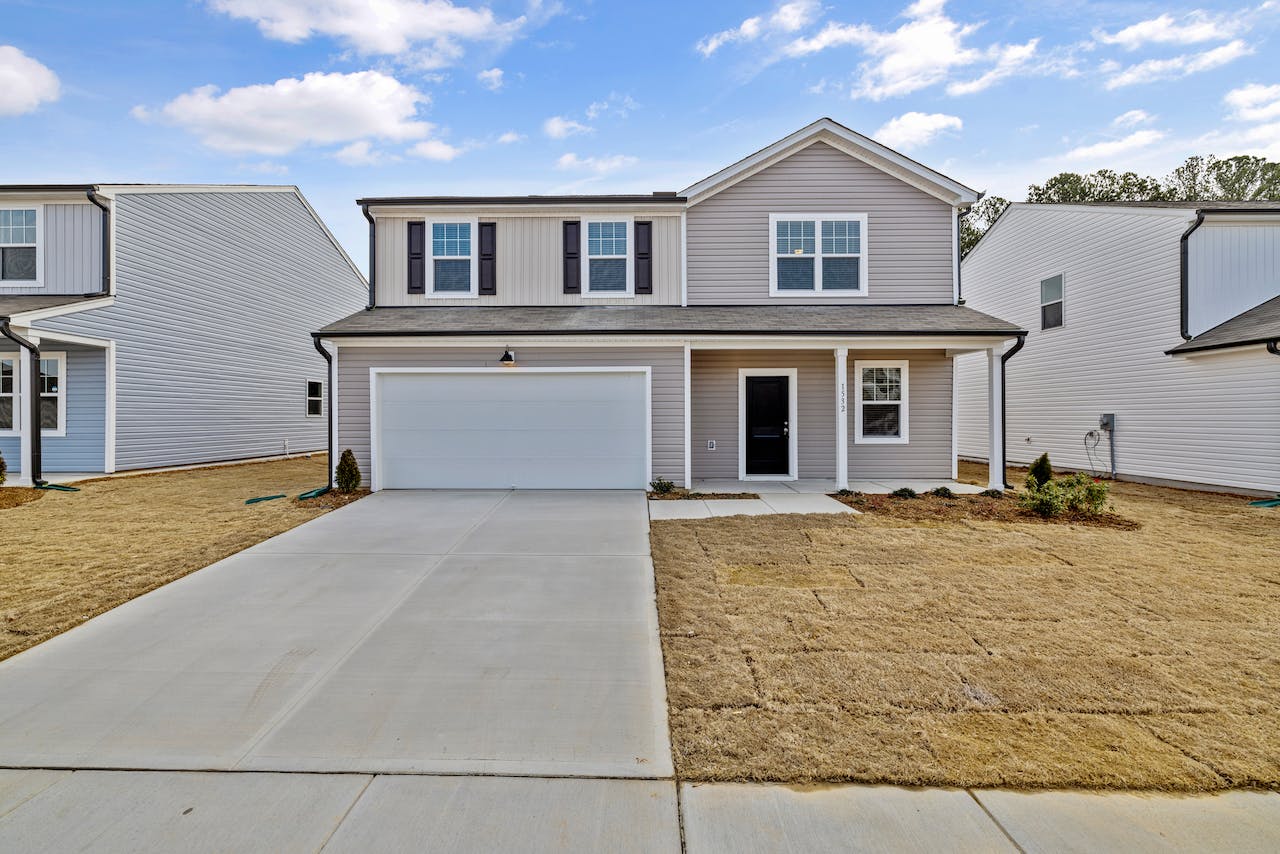Introduction
As late summer graces us with its presence, we witness changes in the U.S. real estate landscape. This article delves into the shifting tides of the real estate market, exploring the signs of fluctuating home values. For homeowners and prospective buyers, understanding the factors behind this trend is pivotal.
Signs of a Shifting Market
In this section, we’ll discuss the key indicators and factors contributing to the shift in home values.
Rising Interest Rates
One of the primary factors influencing home values is the increase in interest rates. The Federal Reserve has initiated a cycle of interest rate hikes to combat inflation, which has had a direct impact on mortgage rates. As mortgage rates climb, the cost of borrowing for homebuyers rises. This, in turn, reduces affordability and leads to a decline in housing demand.
The rise in interest rates has led to a slowdown in home sales, particularly affecting first-time buyers and those with limited budgets. With higher borrowing costs, many potential buyers are priced out of the market, causing demand to diminish and, subsequently, affecting home values.

Housing Inventory
Another significant factor contributing to the shift in home values is housing inventory. Many markets across the United States have grappled with a shortage of available homes. While limited inventory has been a driver of rising prices in recent years, the pendulum is now swinging the other way.
Low inventory levels have created a hyper-competitive environment for homebuyers, with bidding wars becoming common. However, as the market cools off, more sellers may list their properties, increasing the supply of homes. This shift towards a more balanced market is likely to put downward pressure on home values.
Economic Uncertainty
Economic uncertainty is a third factor influencing the real estate market. Ongoing global events, such as trade tensions and the potential for economic downturns, can impact consumer confidence and, consequently, their decisions to buy homes.
Uncertainty can lead to a ‘wait-and-see’ mentality among buyers, as they may hesitate to make significant financial commitments in an unstable economic environment. This cautious approach can further dampen demand and contribute to the shift in home values.
The Impact on Homeowners
The shifting home values have varying effects on different segments of homeowners.
Current Homeowners
For current homeowners, a shift in home values can be a matter of concern, especially if they are looking to sell or refinance their properties. Reduced home values may result in a smaller return on investment or even negative equity, where homeowners owe more on their mortgage than the current value of their homes.
However, it’s essential to remember that real estate is a long-term investment. Home values can fluctuate, but over time, they tend to appreciate. Homeowners who don’t need to sell immediately can ride out market fluctuations and wait for values to rebound.
Prospective Buyers
On the flip side, the shift in home values can present opportunities for prospective buyers. Lower prices mean improved affordability, allowing more individuals and families to enter the housing market. However, these buyers should remain vigilant about interest rates, as higher rates can offset the benefits of lower home prices.
What Lies Ahead?
As the real estate market experiences a shift, it’s crucial to monitor the ongoing changes. The shift in home values may continue, stabilize, or reverse course in response to various economic and market factors. Staying informed and seeking guidance from real estate experts can help homeowners and prospective buyers make informed decisions in this evolving landscape.
Conclusion
As we bid farewell to late summer, changes ripple through the U.S. real estate market, bringing about a shift in home values. Rising interest rates, evolving housing inventory, and economic uncertainty are key factors contributing to this trend.
For homeowners, it’s a time to evaluate their financial strategies and consider the long-term benefits of real estate investments. For prospective buyers, the evolving market can offer affordability, but it’s important to stay informed and be aware of the impact of interest rates.
As we move forward, the real estate market will continue to evolve. Understanding these changes and their implications is essential for anyone looking to navigate the dynamic landscape of U.S. real estate.



